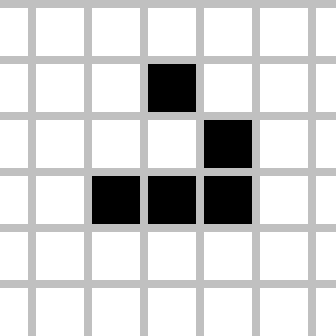While satellite-based global navigation systems have become essential tools in our daily lives, their effectiveness is often hampered by the fact that the signals cannot be accessed in underground, indoor, or underwater environments. Recently, a novel navigation system has been invented to address this issue by utilizing the characteristics of the ubiquitous and highly penetrative cosmic-ray muons.
Neato. Soon we might be able to muon from gps.
What a quarky comment!
since the reference detectors and the receiver detectors are connected with physical cables
Key limitation, so while somthing like a tunnelling machine this is great way to allign (but we already do that perfectly with lasers) for things like submarines and cave explorers not wanting to lay a line it is not the silver bullet it sounds like
In its first phase of development, these reference detectors had to be connected to the receivers via a wired configuration to guarantee precise time synchronization. This work describes more versatile, wireless muometric navigation system (MuWNS), which was designed in conjunction with a cost-effective, crystal-oscillator-based grandmaster clock and a performance evaluation is reported for shallow underground/indoor, deep underground and undersea environments.
A wireless master-detector connection is bound by the same limitation: radio waves don’t propagate well in water and rock.
This could work underground for commercial operations via a combination of wired or wireless relays, but not for submarines or in other recreational situations, like spelunking.
The digital Through-The-Earth (TTE) communication system can be used to provide communications links from the surface to below-ground locations. The system can be used to provide real-time monitoring of equipment sensors. The TTE communication uses very low frequency (VLF) transmission (transmission is usually done with magnetic induction, at frequencies below 30 kHz) to provide reliable data links through environments surrounded by rock, but this system in turn severely limits the bandwidth available for information transmission with data rates ranging from 9 bps to 1 kpbs43. However, since both reference and receiver detectors have their own clock, the information that would have to be transferred to the counterpart detector to be effective is just n and t. Therefore, this data rate is sufficient for MuWNS communication requirements.
How can you have “reference” detectors if they are not talking to the differential as providing the accuracy. or maybe it can be used to tell you where you were when you come back to the surface and compare notes, but I dont see how it can see where you are now? However, mapping the seabed with a UAV if it can produce a this is what a saw, is an interesting project.
Muonic nav should work better than the moronic nav systems I’ve built in the past.
This one has a real chance to become reality. Many businesses and government agencies would be interested in tracking people indoors.
Oh hey, small world! I still love your profile Gif :)





